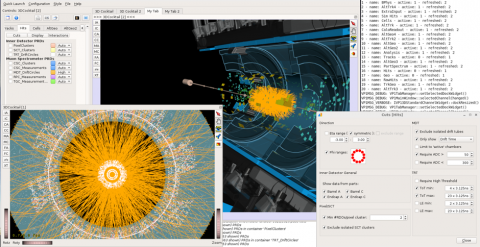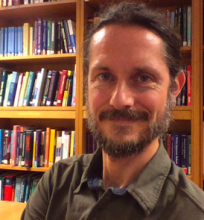Access to Collaboration Site and Physics Results
Riccardo Maria Bianchi
Riccardo Maria Bianchi is a particle physicist from the University of Pittsburgh, based at CERN where he works on the ATLAS Experiment. Over the past 12 years, he has worked on searches for supersymmetry and extra dimensions, muon detectors, data acquisition, parallel computing, computational methods, and interactive data visualization. He is the coordinator of the HSF “Visualization” working group, and of the ATLAS Virtual Reality group, and he recently collaborated on the textbook “Applied Computational Physics” (Oxford, 2017). He likes explaining science in simple words, collaborating with artists on works between art and science, and helping in the organization of public science exhibitions (Sperimentando 2018, Cultural Collisions). Follow Riccardo on Twitter or visit his website.

Waiting for physics: Stable beams!
Following the first “beam splash” tests in early-April, the ATLAS experiment awaited the next milestone on the road to data-taking: "stable beams". This is when the LHC proton beams are aligned, squeezed, focused and finally steered to collide head-to-head. It is an important test, as it allows us to verify that the collision mechanism is ready to take data that are good for physics studies.

Waiting for physics: Splashing beams
Each year, around mid-spring, the giant LHC accelerator wakes up from its winter maintenance and gets ready for a new feverish period of data taking. But before smashing protons once again, some tests have to be done, to check that everything is in order and that the machine can accelerate and collide particles properly, as it did before the shutdown.





